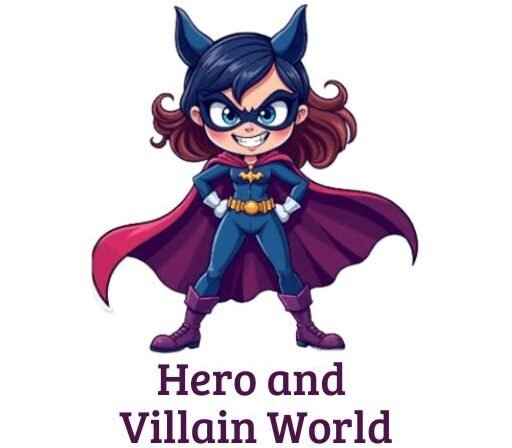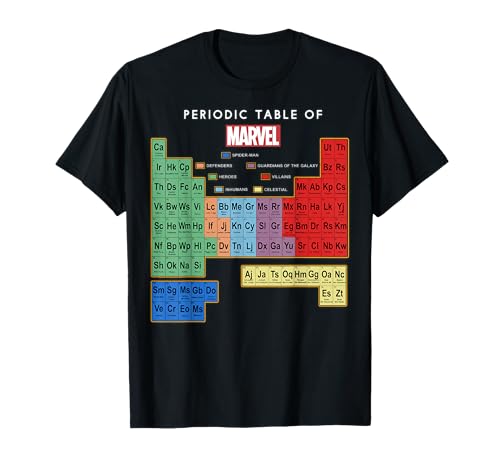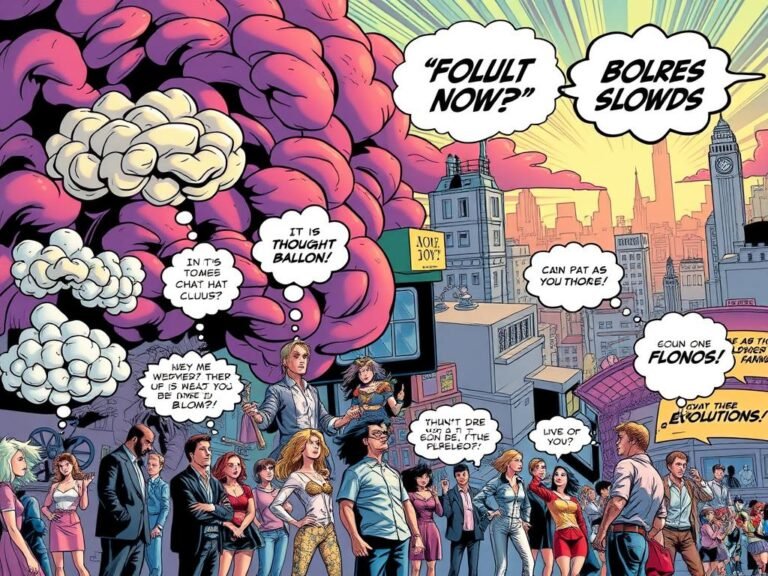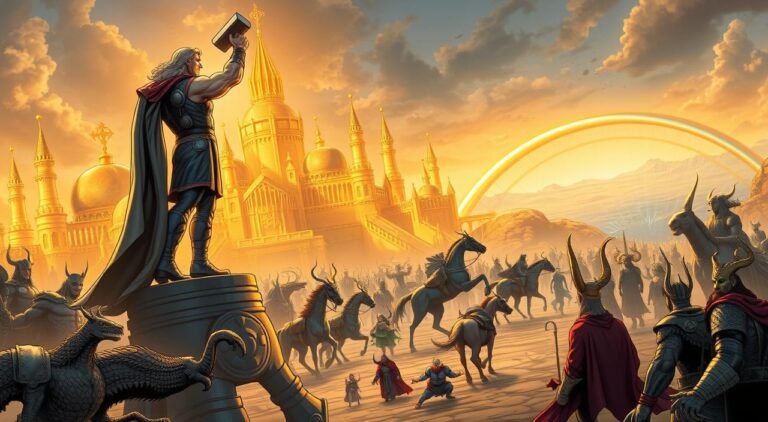Character Ownership Legal Battles Comics
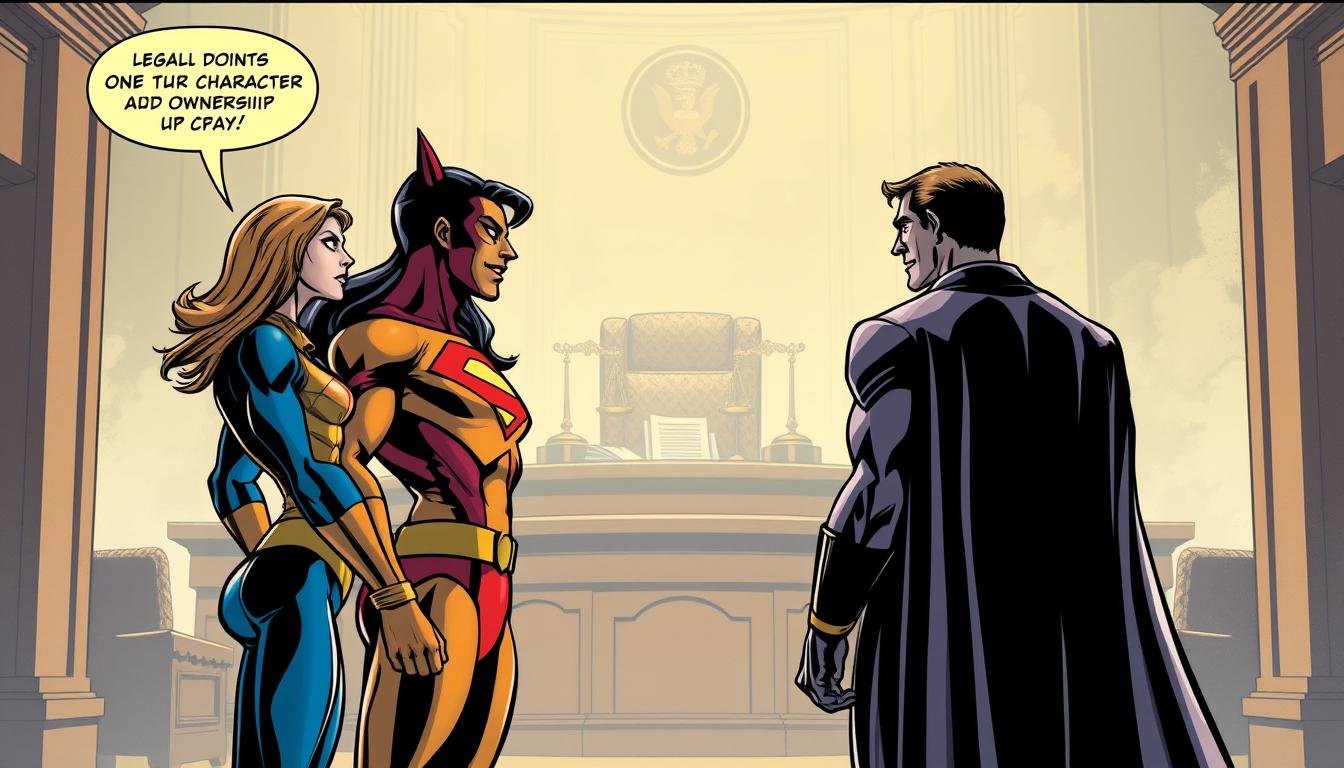
Ever thought about who really owns the characters we love? The world of comic book ownership is a complex place. Here, creativity, copyright law, and big business interests all play a part.
Creators of comic books have long battled for their rights. They want fair pay for their amazing characters. Think Superman or Spider-Man. Their stories show a fight between artists and publishers that changed the entertainment world.
Our favorite heroes are more than just powers. They’re also at the center of big legal fights. These battles challenge old ideas about who owns creative work. They show how art, law, and rights to ideas all come together.
In this journey, you’ll learn the secret stories of comic book characters’ legal battles. We’ll look at key court cases and changes in copyright law. You’ll see how these shape who gets to control these cultural icons.
Prepare to enter a world where creativity and law mix. Here, the question of who owns superhero stories is still up for debate.
The Evolution of Comic Book Creator Rights
The comic book industry has changed a lot over the years. Artists and writers have fought hard to protect their work and get paid fairly. This fight has led to big changes in how creators are treated.
In the beginning, creators had little protection. The industry was rough, and many artists were taken advantage of. The Buster Brown case in 1906 was a big wake-up call for copyright rights in comics.
Early Copyright Challenges
The early days of comics were tough for creators:
- There were few legal protections for artists.
- They got little pay for their work.
- They often gave up all rights to their creations.
Rise of Creator Awareness
The 1970s were a big change for creator rights. Artists started to stand up for themselves. Groups like the United Cartoon Workers of America helped spread the word about creators’ rights.
| Decade | Key Developments in Creator Rights |
|---|---|
| 1900-1940 | Minimal legal protections |
| 1970-1990 | Increased creator organization |
| 2000-Present | Comprehensive intellectual property rights |
Changing Industry Standards
The comic book world slowly started to change. Publishers began to treat creators better. They started:
- Returning original artwork to artists.
- Paying more for each page.
- Offering better contracts.
Now, creators have more power and protection than ever. The fight for creator rights keeps going. It makes sure artists get the respect and pay they deserve.
Famous Character Ownership Legal Battles Comics: Landmark Cases
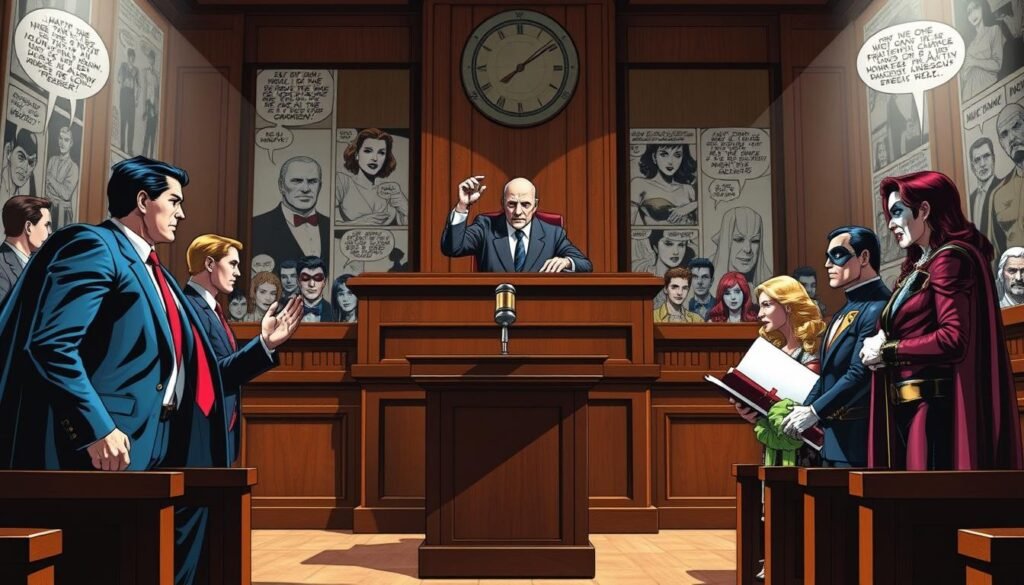
The comic book world has seen many legal fights over character ownership. Comic book industry disputes have often led to creators and publishers going to court. These battles decide the future of beloved characters.
Some of the most famous cases involve creators fighting for their rights. These fights have not only affected the artists but have also set important rules for others in the industry.
- Siegel and Shuster vs. DC Comics: This case about Superman’s creators showed the problems with early contracts.
- Jack Kirby vs. Marvel Comics: A key fight over rights to characters like the Fantastic Four and X-Men.
- Neil Gaiman vs. Todd McFarlane: A complex case about Spawn characters that showed the details of working together.
These legal battles show the constant fight between creativity and corporate goals. Creators have worked hard to get credit and fair pay for characters that have become worldwide icons.
“In the world of comics, creativity meets legal complexity head-on.” – Anonymous Comic Book Historian
The effects of these legal battles in comics are huge. They have led to big changes in how publishers deal with creator rights, intellectual property, and teamwork.
Superman’s Legacy: Siegel and Shuster vs. DC Comics
The story of Superman’s copyright is filled with creativity, legal battles, and the fight for creator rights. Jerry Siegel and Joe Shuster’s journey with Superman shows the challenges of copyright law and character licensing.
In 1938, Siegel and Shuster made a choice that changed comic book history. They sold Superman’s copyright to Detective Comics for just $130. This deal led to many legal fights documented in copyright lawsuit archives.
The Initial $130 Deal
The deal seemed simple at first, but it had big implications. Young creators often had to give up their rights for money back then. Siegel and Shuster’s deal showed the tough world of character licensing back then.
Decades of Legal Struggles
- 1948: National Comics paid $94,013.16 for Superman and Superboy rights
- 1969: Court ruling acknowledged Siegel and Shuster’s copyright renewal rights
- 1975: Warner Bros. agreed to provide a yearly stipend after public pressure
- 2001: Siegel heirs reclaimed rights using Copyright Act of 1976
Modern Resolution Attempts
The fight turned into a major case in copyright law by 2008. The Siegel family had partly won back Superman’s rights. This showed the power of creators to challenge old publishing deals.
| Year | Key Event | Financial Impact |
|---|---|---|
| 1938 | Initial Superman Rights Sale | $130 |
| 1948 | Rights Repurchase | $94,013.16 |
| 2008 | Partial Rights Reclamation | Significant Legal Victory |
Their story highlights the need to know copyright law and protect creative rights in the entertainment world.
Marvel’s Complex History with Creator Rights
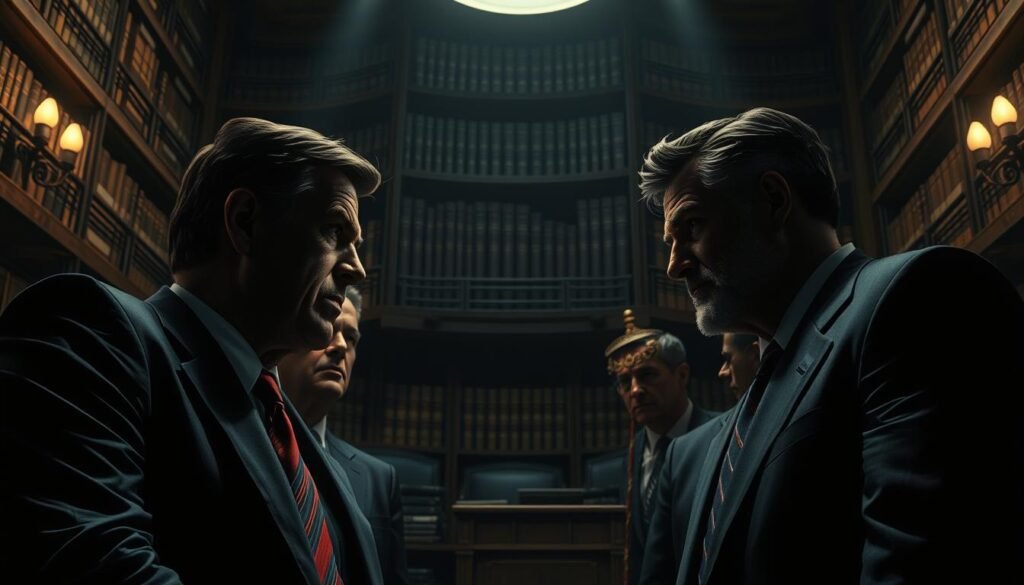
Marvel’s journey with creator rights has been filled with ups and downs. The company has faced many legal battles. These battles often involved work for hire agreements that left creators without fair recognition or pay.
Some of the most notable disputes in Marvel’s history include:
- The Jack Kirby copyright reclamation battle
- Steve Gerber’s groundbreaking Howard the Duck lawsuit
- Ongoing negotiations about character ownership
In 1982, Marvel made a big step by starting Epic Comics. This imprint gave creators more control over their work. It was a key moment in Marvel’s shift towards better creator rights.
The Jack Kirby case was a major turning point. Kirby’s family fought to get back the rights to characters like the Fantastic Four and X-Men. They challenged the old work for hire rules that had dominated comics for years.
“Creators deserve fair recognition for their contributions to popular culture.” – Comic Book Legal Defense Fund
Marvel has grown and changed over time. The company now listens more to creators’ needs for fair pay and credit. This change shows how the comic book world is evolving, with creator rights at the forefront.
The Impact of Work-for-Hire Agreements
Understanding work for hire agreements is key in the world of comic book rights. These legal contracts have changed how creators and publishers work together in the comic book world.
Definition and Legal Framework
A work for hire agreement means the creator gives up all rights to their work to the publisher. The publisher then owns everything created under the contract, including characters, storylines, and artwork.
- Artists surrender ownership of their creative work
- Publishers gain full control of intellectual property
- Compensation is typically a one-time payment
Publisher’s Strategic Approach
Big comic book publishers like Marvel and DC use work for hire agreements to protect their characters. These contracts help them keep control over their franchises and avoid legal problems.
Creator Challenges
Many artists and writers feel limited by work for hire agreements. They often get paid just once and have no rights to the characters they create.
The work for hire model creates significant power imbalances between publishers and individual creators.
Knowing about these agreements helps comic book professionals make better choices about their careers and rights.
Independent Publishers and Creator Ownership
The comic book world changed a lot with the rise of independent publishers. These new companies changed how characters and rights are handled. They gave artists more control over their work.
Image Comics was a key player in this change. It started in 1992 by artists who wanted more freedom. They created a new way where creators keep their rights, unlike the old ways.
- Creators gain complete creative control
- Direct financial benefits from character licensing
- Ownership of intellectual property
- Greater potential for long-term revenue
Independent publishers did more than help creators. They made big comic book companies rethink their ways. They started to offer better deals and more freedom to artists.
Knowing about creator rights changes how you see comics. Independent publishers showed that artists can do well when they own their work. They broke old rules that didn’t let them.
“Creativity flourishes when creators control their destiny” – Comic Industry Innovator
Supporting independent publishers helps make comics better. It makes the world of comics more fair and exciting. With creators in charge, comics are set to get even more interesting.
Modern Legal Challenges in Character Rights
The digital age has changed copyright law in comics, bringing new challenges. Creators and publishers face a complex world of intellectual property rights. These rights now go beyond just print media.
Digital platforms have changed how comic book characters are made, shared, and sold. The law on character rights must keep up with new tech and global sharing.
Digital Age Complications
Digital platforms bring unique copyright issues for comic book creators:
- Online fan creations and derivative works
- International digital distribution rights
- Blockchain and NFT character ownership
- Streaming platform adaptation agreements
International Copyright Considerations
Global markets have made character ownership legal battles more complex. Different countries need different approaches to protect intellectual property.
| Region | Copyright Duration | Key Challenges |
|---|---|---|
| United States | Life of creator + 70 years | Work-for-hire disputes |
| European Union | Life of creator + 70 years | Cross-border licensing |
| Japan | Life of creator + 50 years | Manga digital rights |
Recent Court Decisions
Recent legal battles have set important precedents in character rights. Marvel’s lawsuits over iconic characters like Spider-Man show the ongoing fight between creators and publishers over intellectual property.
It’s key for creators to understand these modern legal challenges. This helps them protect their characters in today’s digital and global entertainment world.
The Role of Creator’s Bill of Rights
In 1988, a big change happened for comic book creators. Independent artists and writers came together to create the Creator’s Bill of Rights. This important document was a big step towards protecting creators’ rights in the comic book world.
The Bill tackled a major problem faced by creators. They often dealt with unfair work-for-hire deals. It set clear rules to make sure creators got fair treatment and were recognized for their work.
- Guaranteed proper credit for original work
- Established principles of profit-sharing
- Advocated for return of original artwork
- Challenged exploitative corporate practices
Many famous comic book professionals signed the Bill. They knew how important creator rights were. Their work changed the way artists and publishers interacted, pushing for fair contracts and more control over their work.
“Creators deserve recognition and fair compensation for their intellectual contributions.”
The Bill didn’t change everything right away. But it started important talks about creators’ rights. It helped creators get better deals and showed how important their work is in making comics.
Even today, the Creator’s Bill of Rights is still important. It helps shape contracts and is key to understanding creators’ rights in comics.
Conclusion
The comic book world has seen big changes over the years. We’ve learned about the fights over who owns characters in comics. These battles show how hard it is to protect creative work.
Creators are now fighting for their rights more than ever. New publishers offer better deals than big companies. This shows how the industry is changing to help artists more.
The future of comics is exciting but also full of challenges. New laws and digital platforms are changing how we see ownership. Knowing about these changes helps us understand the value of art in today’s world.
Exploring comic book ownership shows the struggle between making money and being creative. As things change, artists and publishers need to work together. They must find ways to honor creativity while keeping businesses running.
FAQ
Q: What are character ownership legal battles in comics?
A: These are fights over who owns comic book characters. They involve copyright, intellectual property, and work-for-hire agreements. They decide who gets to make money from and control famous characters.
Q: How did the Superman copyright dispute start?
A: It started with Jerry Siegel and Joe Shuster’s deal with DC Comics in 1938. They sold Superman for 0. Later, they and their families fought to get some rights back.
Q: What is the Creator’s Bill of Rights?
A: It’s a 1988 document for comic book creators. It fights for fair credit, profit-sharing, and the return of original artwork. It challenges the old work-for-hire rules in comics.
Q: How have independent publishers impacted creator rights?
A: Companies like Image Comics, started in 1992, changed the game. They let creators keep their rights. This gave creators more freedom and a chance to make money from their characters.
Q: What are work-for-hire agreements in comics?
A: These are contracts where creators work for a publisher. The publisher owns the work. This limits creators’ rights and future earnings.
Q: How has digital technology affected character ownership?
A: Digital technology has brought new issues. It includes digital distribution, fan creations, and international copyright. These make owning characters more complicated today.
Q: What was the significance of the Jack Kirby case?
A: The Jack Kirby case was a big deal. Kirby’s family tried to get rights back to Marvel characters like the Fantastic Four. It showed the ongoing fight between creators and publishers.
Q: How have creator rights changed over time?
A: Rights have moved from bad to better for creators. There’s more awareness, better pay, and the return of original artwork. Independent publishers also offer better deals for creators.
Q: What role do international copyright laws play?
A: International laws add complexity to character ownership. They affect how characters are licensed and protected worldwide. These laws are key in the global comic book market.
Q: How do creators protect their intellectual property today?
A: Creators have more ways to protect their work. They can negotiate better contracts, work with indie publishers, and understand copyright laws. They can also use legal tools like termination notices.
